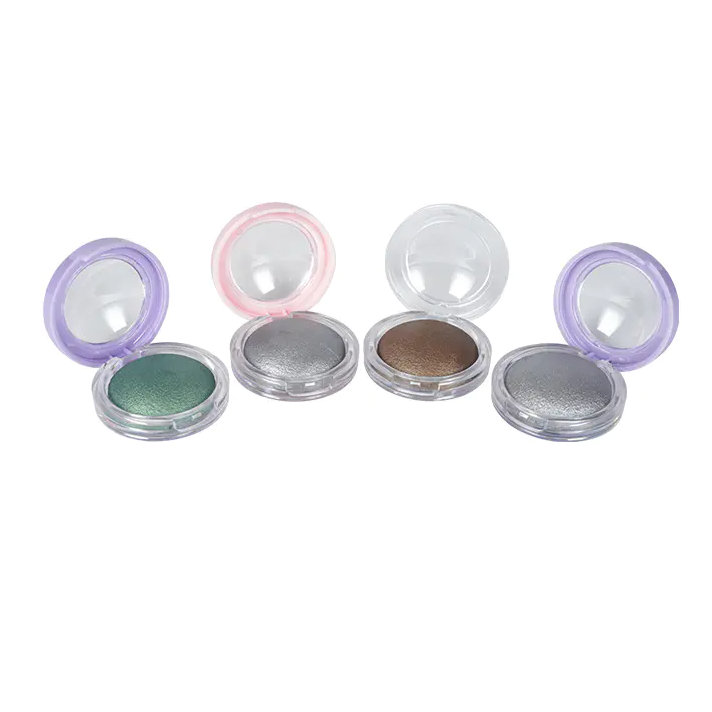Baked blushers have gained attention in the cosmetic industry for their distinctive texture and application benefits. From a manufacturer’s perspective, producing baked blusher involves a series of careful processes that combine formulation science with precise manufacturing techniques. This article explores the key aspects involved in the creation of baked blusher and highlights considerations important to manufacturers.
The production of baked blusher begins with selecting appropriate raw materials. The base typically includes pigments, binders, moisturizers, and other additives that contribute to color payoff, texture, and skin feel. Manufacturers pay attention to ingredient quality and compatibility to ensure the final product offers smooth application and good adherence to the skin.
One defining step in baked blusher production is the baking process itself. Unlike traditional pressed powders, baked blushers are made by pouring the blended ingredients onto ceramic or terracotta pans and then baking them at controlled temperatures. This baking helps remove excess moisture and solidifies the product into a dense, durable form. The process requires careful control of temperature and time to achieve a consistent texture without compromising the pigment’s quality.
Manufacturers must also consider the balance between hardness and blendability. The baked blusher should be firm enough to maintain shape during handling and transport, but soft enough to allow easy pickup by brushes and smooth application. Achieving this balance involves adjusting the formulation ratios and fine-tuning the baking parameters.
Color consistency is another important factor. Batch-to-batch uniformity is essential to maintain client satisfaction and meet market demands. Manufacturers implement rigorous quality control procedures, including color matching and stability tests, to ensure that every product meets the required standards.
Packaging design plays a role in protecting baked blusher products. Because the product is solid but can be prone to surface damage, packaging must provide secure housing that prevents breakage and contamination. Manufacturers often use compact cases with protective covers and sometimes include applicators for convenience.
Manufacturers also adapt to evolving consumer preferences by offering a range of shades and finishes. Some baked blushers have a matte finish, while others provide a subtle sheen. The flexibility in formulation allows manufacturers to cater to different markets and seasonal trends.
Sustainability considerations are becoming more relevant in baked blusher production. Manufacturers are exploring natural ingredients, eco-friendly packaging, and production processes that reduce waste and energy consumption. These efforts align with growing consumer interest in environmentally conscious cosmetics.
Lastly, manufacturers support clients by offering customizable production runs. Whether producing small batches for niche markets or larger volumes for widespread distribution, flexibility in order size and turnaround time is crucial. This approach helps brands respond to changing demands without excess inventory.
In summary, producing baked blusher involves a combination of careful ingredient selection, controlled baking processes, and quality assurance. From a manufacturer’s standpoint, attention to detail in formulation and production ensures a product that meets functional and aesthetic requirements while adapting to market trends.
